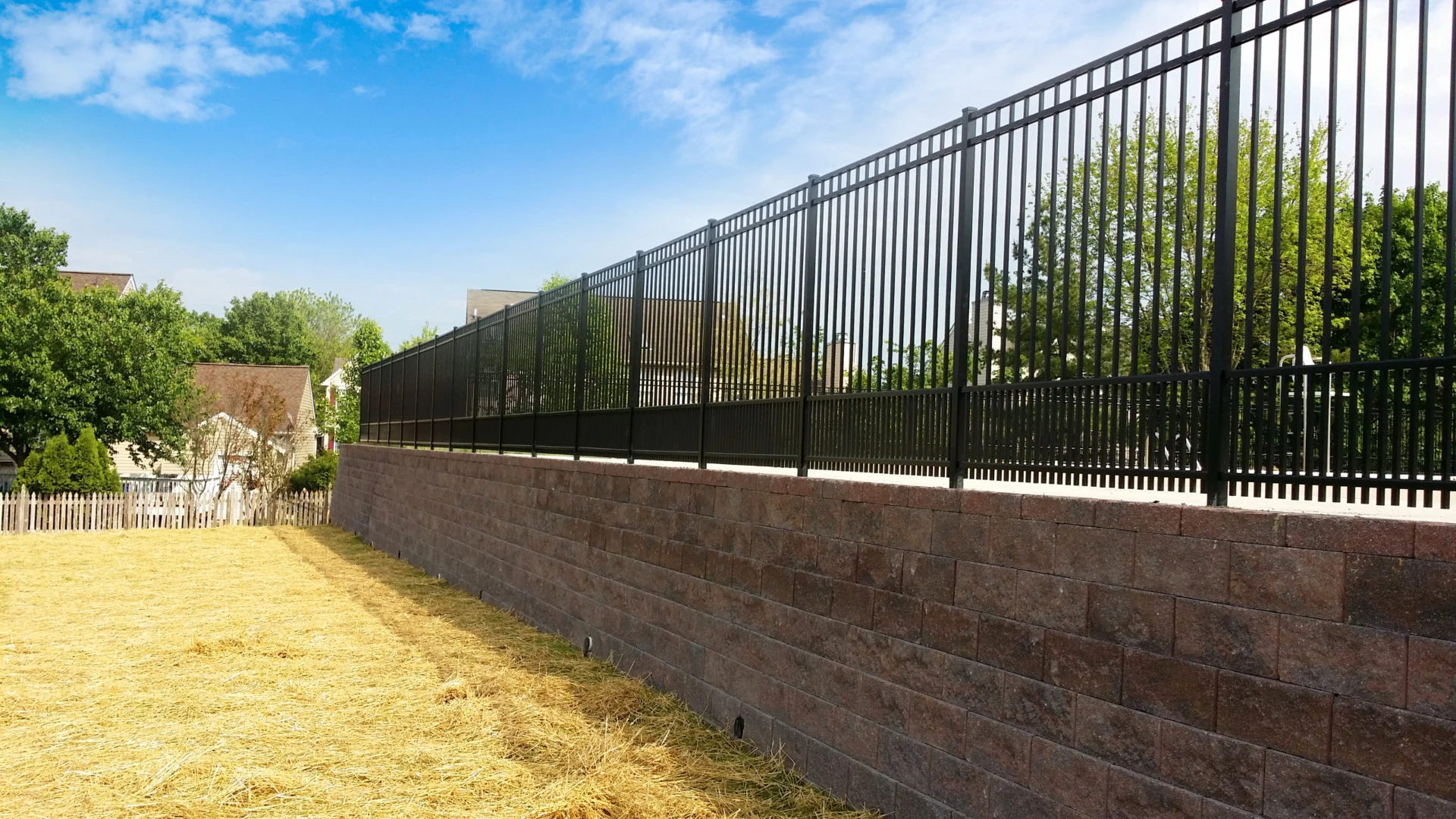Nov . 27, 2024 03:02 Back to list
Durable 100m Stock Fencing for Effective Livestock Management and Protection
Understanding the Importance of 100m Stock Fencing
When it comes to effective land management and animal husbandry, stock fencing plays a crucial role in ensuring the safety and well-being of livestock. One common specification in design and implementation is the 100m stock fencing, a popular choice among farmers and landowners aiming for both functionality and durability on their properties. This article will explore the various aspects of 100m stock fencing, including its benefits, materials, installation tips, and maintenance practices.
What is Stock Fencing?
Stock fencing is a type of fencing designed specifically to confine livestock, protecting them from predators and preventing them from wandering off into unsafe areas. The term “100m stock fencing” typically refers to fencing solutions that are sold in 100-meter lengths, making it an efficient choice for larger areas. This type of fencing is commonly constructed from various materials such as wire, wood, or a combination of both, depending on the specific needs of the land and animals.
Benefits of 100m Stock Fencing
1. Security and Safety The primary function of stock fencing is to keep livestock secure. A well-constructed 100m stock fence effectively limits the movement of animals, thereby protecting them from predators and ensuring they remain within designated grazing areas. This is particularly important for farmers who manage valuable livestock that may be susceptible to dangers outside their enclosure.
2. Durability When properly maintained, stock fencing can last for many years. This durability is vital for landowners as it reduces the frequency of repairs and replacements, ultimately saving time and money. High-quality materials such as galvanized steel wire can withstand harsh weather conditions, ensuring that the fence remains intact over time.
3. Cost-Effective Solution By using stock fencing in 100m increments, farmers can effectively budget for their fencing needs. Buying in bulk often leads to cost savings, making it a more economical option compared to smaller length purchases. Additionally, the longer lengths minimize the number of posts needed, reducing labor costs during installation.
4. Versatility Stock fencing can be tailored to various types of livestock, including cattle, sheep, and goats. Different fence specifications—like height, wire gauge, and spacing—can be adjusted to suit the behavior and size of the animals being contained. This versatility makes it a popular choice for diverse agricultural practices.
Materials Used in 100m Stock Fencing
The choice of materials for stock fencing can significantly impact its effectiveness and longevity. Common materials include
100m stock fencing

- Galvanized Wire This is the most widely used material for stock fencing due to its strength and resistance to rust. Galvanized wire can also be coated for added protection against the elements.
- Wood Wooden posts and rails are also a popular choice, offering a rustic aesthetic while providing solid barriers. However, wood may require regular treatment to prevent decay.
- Composite Fencing In recent years, composite materials have emerged as a modern alternative to traditional fencing. These materials are designed to replicate the look of wood while offering superior durability and resistance to weather conditions.
Installation Tips
Installing 100m stock fencing requires careful planning and execution. Here are some essential tips
1. Planning the Layout Before installation, it's crucial to plan the layout according to the land's topography and the needs of the livestock. Consider gates, corners, and any slope variations.
2. Proper Post Spacing The distance between posts is generally between 8 to 12 feet, depending on the material and height of the fence. Ensuring proper spacing contributes to the overall strength of the fence.
3. Use Quality Hardware Invest in high-quality connectors, staples, and brackets to enhance the durability and stability of the fencing.
Maintenance Practices
Even the best-constructed stock fence requires regular maintenance to ensure its functionality. Inspect the fencing periodically for any signs of wear, rust, or damage to the posts and wires. Promptly addressing any issues will prevent more significant problems and prolong the lifespan of the fence.
In conclusion, 100m stock fencing is an essential element in livestock management that provides a secure, durable, and cost-effective solution for farmers. Understanding the benefits, materials, installation, and maintenance of this fencing type can help landowners create a safe environment for their livestock while maximizing their investment in fencing solutions. As agriculture continues to evolve, stock fencing will remain a fundamental aspect of effective land management practices.
-
Reinforcing Mesh: Core Material of the Construction Industry
NewsJul.07,2025
-
Welded Wire Fabric Reinvented for Modern Projects
NewsJul.04,2025
-
Superiority of Stainless Steel Woven Mesh
NewsJul.04,2025
-
Key Types of Razor Wire and Their Applications
NewsJul.04,2025
-
Durable Metal Fence Types for Security
NewsJul.04,2025
-
Best Materials for Livestock Fence
NewsJul.04,2025
products.







